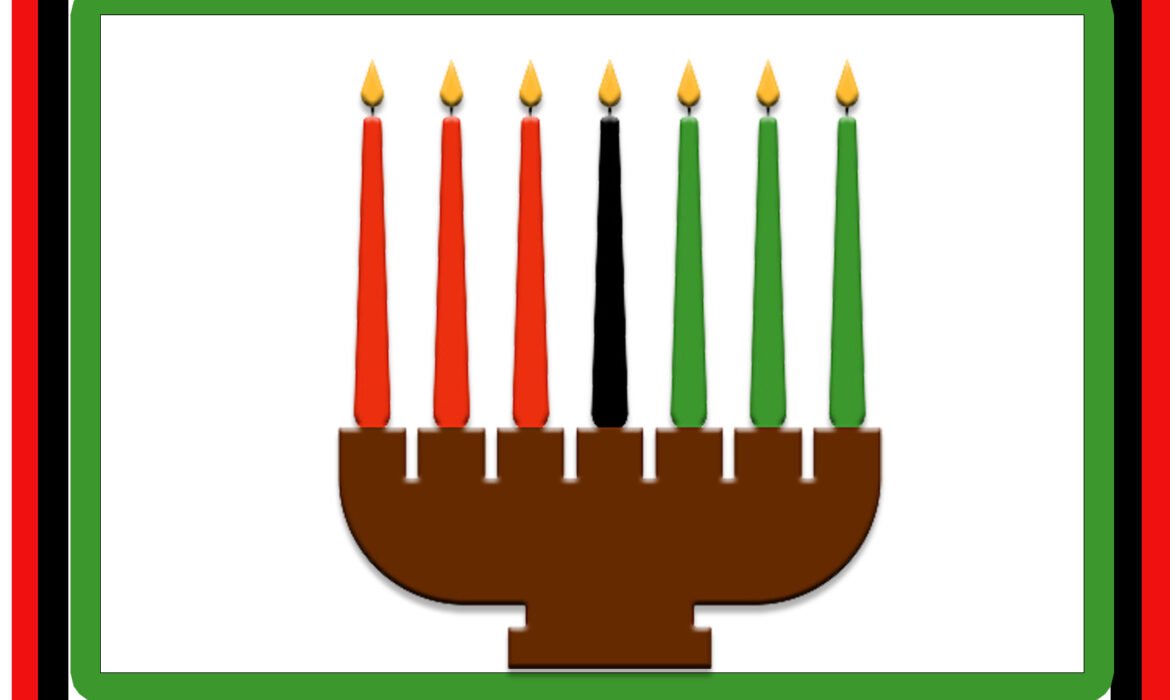Close to 20 million people around the world participate in the celebration of Kwanzaa.
The secular year-end holiday created 47 years ago by Dr. Mulana Ron Karenga, who was a professor in the Department of Black Studies at California State University, Long Beach
The celebration is highlighted by the lighting of the Kinara, the presentation of the Nguzo Saba (the Seven Principles), the Seven Symbols and the Karamu (the feast) all punctuated by sessions of African drumming and songs.
According to the Kwanzaa official website, the celebration is highlighted by the colors red, black, and green which are deemed to be important symbols in ancient Africa and revitalized by Pan Africanist Marcus Garvey and the Black nationalist movement.
Red is the for blood shed in the struggle for freedom; black is for the color of the people; and green for the fertile land of Africa.
The Seven Principles
(Nguzo Saba)
Each of the seven days of Kwanzaa honors a different principle. These principles are believed to be the key to building strong, productive families and communities.
The Principles of Kwanzaa
Umoja (oo-MOH-ja)
Meaning: unity
Action… building a community that holds together.
Kujichagulia (koo-jee-cha-goo-LEE-yah)
Meaning: self-determination
Action: speaking for yourself and making choices that benefit the community.
Ujima (oo-JEE-mah)
Meaning: collective work and responsibility
Action: helping others within the community.
Ujamaa (oo-JAH-ma)
Meaning: cooperative economics
Action: supporting businesses that care about the community.
Nia (nee-AH)
Meaning: a sense of purpose
Action: setting goals that benefit the community.
Kuumba (koo-OOM-bah)
Meaning: creativity
Action: making the community better and more beautiful.
Imani (ee-MAH-nee)
Meaning: faith
Action: believing that a better world can be created for communities now and in the future.








